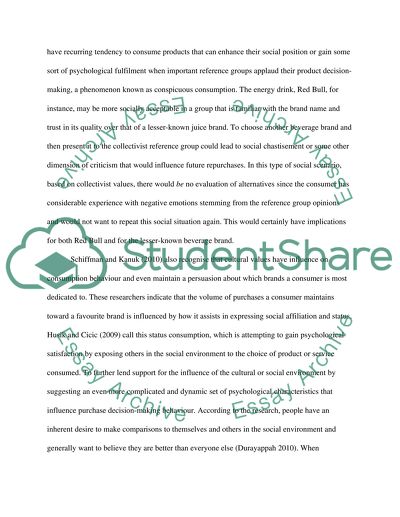Cite this document
(“How Relevant Is The Rational Model of Consumer Decision-making to Essay”, n.d.)
Retrieved from https://studentshare.org/marketing/1478019-how-relevant-is-the-rational-model-of-consumer-decision-making-to-marketers-today
Retrieved from https://studentshare.org/marketing/1478019-how-relevant-is-the-rational-model-of-consumer-decision-making-to-marketers-today
(How Relevant Is The Rational Model of Consumer Decision-Making to Essay)
https://studentshare.org/marketing/1478019-how-relevant-is-the-rational-model-of-consumer-decision-making-to-marketers-today.
https://studentshare.org/marketing/1478019-how-relevant-is-the-rational-model-of-consumer-decision-making-to-marketers-today.
“How Relevant Is The Rational Model of Consumer Decision-Making to Essay”, n.d. https://studentshare.org/marketing/1478019-how-relevant-is-the-rational-model-of-consumer-decision-making-to-marketers-today.


